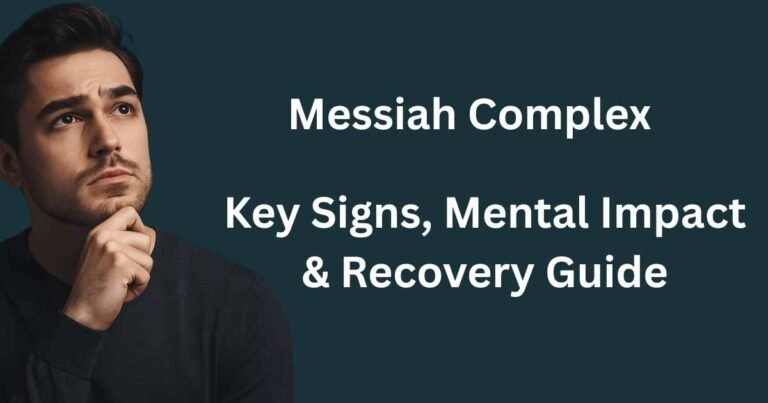Top-Down and Bottom-Up Processing in Perception

Every second, our senses gather information from the world around us—but perception is more than just sensing. It’s the process by which the brain organizes and interprets these signals to make sense of the environment. Two critical mechanisms behind this are bottom-up processing and top-down processing. While one relies on raw sensory input, the other is guided by experience and expectations. Let’s explore how these two approaches shape the way we understand reality.
The Essence of Human Perception
Perception is our ability to consciously recognize and interpret sensory data. Whether it’s a sound, image, smell, or texture, the brain must decode it in a meaningful way. This decoding process is what allows us to interact with our surroundings accurately—or sometimes, not so accurately.
Perception involves:
- Selecting information from the environment
- Organizing it mentally
- Interpreting it using either direct stimuli or past experiences
Top-Down Perception: Guided by What We Know
Top-down processing begins with the mind and prior knowledge, using experience and expectations to interpret stimuli. Rather than building perception from the ground up, this method uses cognitive shortcuts to “fill in the blanks.”
For example, if you see a sentence in messy handwriting, your brain guesses the words based on context, not clarity. You understand meaning by predicting what’s most likely, based on what you’ve read before.
Richard Gregory’s Constructive Theory
Psychologist Richard Gregory emphasized that perception is a constructive act. He believed that:
- 90% of visual input is lost before reaching the brain.
- Our minds fill gaps using memory and expectation.
- We create hypotheses about what we see, hear, or feel.
This theory explains why we fall for optical illusions—our brain’s predictions don’t always match reality. The famous Necker cube illusion is an example where the brain flips between different interpretations of the same image.
Bottom-Up Processing: From Stimulus to Perception
Unlike top-down, bottom-up processing starts with new, raw sensory data. It doesn’t rely on memory or past experiences. The brain interprets stimuli based solely on what is being sensed at that moment.
Imagine seeing a football for the first time. You don’t know what it is, but your brain collects details—color, shape, motion—and sends them to your visual cortex. From there, the brain builds understanding from scratch.
Gibson’s Theory of Direct Perception
Psychologist E.J. Gibson challenged Gregory’s top-down approach. He believed perception is direct and data-driven, not reliant on guesses or memory.
According to Gibson:
- The environment gives us all the information we need to perceive.
- There’s no need for internal hypotheses.
- Illusions are rare and don’t reflect real-world perception.
He supported this with motion parallax—the idea that closer objects move faster than distant ones while traveling. This natural visual cue helps us judge depth without needing prior knowledge.
Comparison of Top-Down vs. Bottom-Up Processing
| Feature | Bottom-Up Processing | Top-Down Processing |
|---|---|---|
| Origin of Interpretation | Sensory input | Prior knowledge and expectations |
| Approach Type | Data-driven | Schema-driven |
| Requires Experience? | No | Yes |
| Signal Direction | Environment → Brain | Brain → Environment |
| Psychologist | E.J. Gibson | Richard Gregory |
| Example | First time seeing a football | Reading messy handwriting using context |
Where Do These Two Approaches Overlap?
In reality, our brain uses both approaches together. While bottom-up provides fresh sensory input, top-down helps us process it faster and more efficiently.
For example:
- Driving requires bottom-up for detecting road signs.
- It also involves top-down for predicting traffic behavior.
This combined approach helps us make sense of the world in real-time, blending new data with past knowledge for practical understanding.
When Perception Goes Wrong: Errors in Interpretation
Our mind’s ability to guess based on experience can sometimes lead us astray. These errors can come in the form of:
- Optical illusions
- Misheard lyrics or phrases
- False memories
These instances show that top-down processing isn’t always reliable, especially when the incoming data is unclear or deceptive.
Quick Recap in Bullet Points
- Bottom-Up Processing:
- Based on sensory input
- Requires no experience
- Stimulus drives perception
- “What you see is what you get”
- Top-Down Processing:
- Influenced by prior knowledge
- Experience helps fill in gaps
- Brain interprets incomplete information
- May lead to perceptual errors
Extra Insight: How Technology Uses These Concepts
Both processing methods are used in technology today. For example, facial recognition software relies on bottom-up processing to detect features, while predictive text in smartphones uses top-down logic based on previous inputs.
Understanding how we perceive helps shape how machines learn to “see” and “think” too — an emerging field in AI and neuroscience.
FAQs About top-down and bottom-up processing
Q1: What is perception in psychology?
Perception is the mental process of interpreting sensory information from the environment to form a conscious experience.
Q2: How is bottom-up processing different from top-down?
Bottom-up is driven by fresh stimuli, while top-down relies on expectations, memory, and learned knowledge to interpret input.
Q3: Can top-down perception cause errors?
Yes. It can lead to false interpretations, especially when the brain fills in missing or unclear data incorrectly.
Q4: What is an example of motion parallax?
When traveling by car, nearby trees appear to move faster than distant mountains—helping us judge distance visually.
Q5: Do we always use both processing styles?
In most daily situations, yes. Our brain combines both to optimize response time and accuracy.






